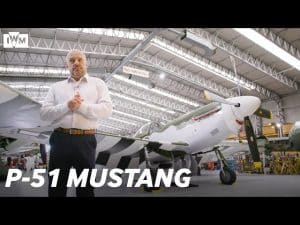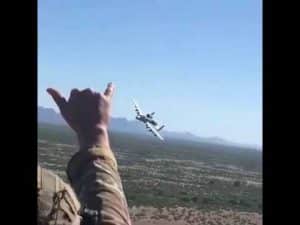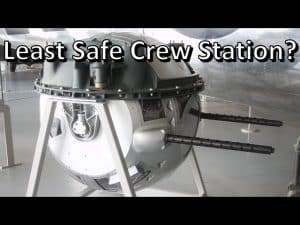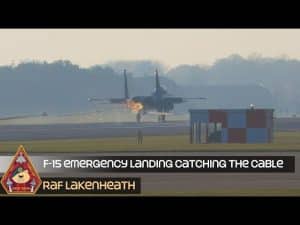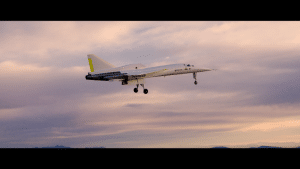5 Advances Of Bomber Technology During WWII
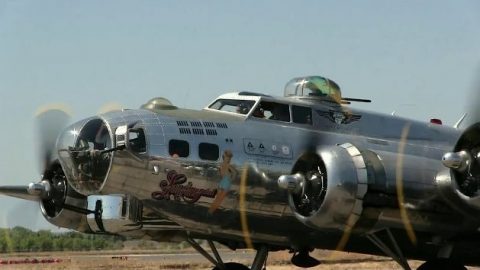
Youtube / Sting Ray
War Sparks Innovation
- Long-range bombing: One of the main evolutions in bomber technology during WWII was the development of long-range bombers, such as the American B-17 and B-24 and the British Lancaster and Halifax, which were capable of carrying out bombing raids deep into enemy territory.
- Heavy bombing: Another evolution was the development of heavy bombers, such as the American B-29 and the British Avro Lancaster, which were able to carry large payloads of bombs and had greater firepower and durability.
- Precision bombing: Advances in navigation and bombing technology during WWII led to the development of precision bombing, which allowed bombers to drop bombs with greater accuracy, reducing civilian casualties and increasing the effectiveness of bombing campaigns.
- Jet propulsion: Another evolution was the development and introduction of jet-powered bombers, such as the German Arado Ar 234, which could fly at higher speeds and altitudes than traditional propeller-driven bombers.
- Night bombing: As WWII progressed, night bombing became an important tactic. New technologies such as radar, flares and H2S navigation systems were developed to allow for bombing in darkness and/or bad weather.












